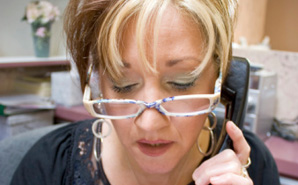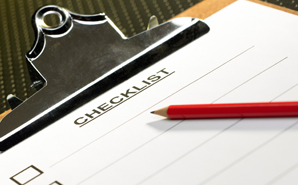Does anyone else have problems getting to speak with a real live person anymore?
Today I called a doctors’ office to TRY to report an exacerbation of atrial fibrillation and resulting weakness in a 90-plus-year-old patient. What I got was a four-minute-long RECORDING on the medical assistant/nurses’ line AFTER getting past the three-minute initial voicemail system that answered the phone. And there was, according to the voicemail message, “no one to take your call” while the office was closed EVERY DAY from 12:30-1:30 PM for lunch.
Most home health clients are elderly. These people grew up with party lines and ONE telephone, black with a white dial, in the house. They are often hard of hearing and have difficulty with voicemail systems. I honestly do not know how they can even make an appointment with a practice that uses an answering system lasting longer than a commercial break on TV.
Nurses who work out “in the field” carry cell phones into areas which have little to no service. Sending a text message to a doctors’ office is not an option because no one can receive it on the other end. Dropped calls are the norm more than the exception (and we have to pay for them, even when we are waiting for a voicemail to finish so that we can “leave a message!”).
I once worked for an agency whose management decided to save money by going with a voicemail answering system after business hours instead of the answering service our clients were used to–a person answering the phone and taking messages for the on-call nurse. It lasted less than a month before customer satisfaction fell to zero and we got the “real person answering service” back. And that was back in the 1980s.
Patient care still requires a human interface in order to be effective.
So, in order to assure with the highest probability that a licensed nurse or physician will actually see your message, I recommend this: Write up a clinical note and FAX it to the office! Because FAX machines do not use cyberspace, the Twilight Zone of critical information, they are more secure and are HIPPA compliant. Also, the clinical note becomes a legal part of the medical record, therefore fulfilling the CYA requirement as well.
We are in the 21st century and have the most sophisticated means of communication that has ever existed on this planet, but we still can’t get someone on the phone!
What we have here…is a Failure to Communicate! -The Captain, Cool Hand Luke


















